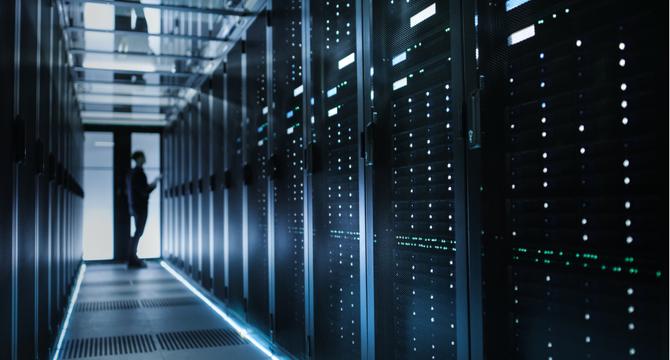Tech Radar
2M
239

Image Credit: Tech Radar
I sat down with two cooling experts to find out what AI's biggest problem is in the data center
- AI's growth in data centers is straining traditional air cooling systems as power and heat levels rise.
- Liquid cooling is increasingly crucial due to the surge in server density driven by AI developments.
- Hybrid cooling methods have emerged to address power and water consumption concerns in data centers but face adoption challenges.
- Experts Daren Shumate and Stephen Spinazzola highlight the increasing energy demands and cooling challenges posed by AI in data centers.
- AI's deployment in high-density clusters requires innovative cooling solutions like direct liquid cooling (DLC) due to the limitations of traditional air-cooling.
- The shift towards liquid cooling is driven by AI's substantial energy requirements and the need for more efficient cooling methods than air cooling.
- Power distribution to high-density AI computing racks poses challenges in terms of UPS power delivery and utility power management.
- Different cooling techniques like emersion cooling and cold plate cooling offer unique advantages and challenges in server cooling efficiency.
- The Hybrid-Dry/AdiabaticCooling (HDAC) design offers a dual-temperature cooling fluid system with significantly reduced water and energy usage for data centers.
- Despite its economic and environmental benefits, the adoption of HDAC faces reluctance and challenges due to the hesitance of being the first to implement new cooling technologies.
- In conclusion, data centers are adapting to the evolving cooling demands driven by AI's growth, necessitating innovative solutions to enhance efficiency and sustainability.
Read Full Article
14 Likes
For uninterrupted reading, download the app